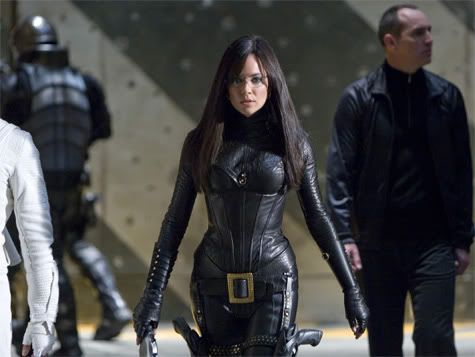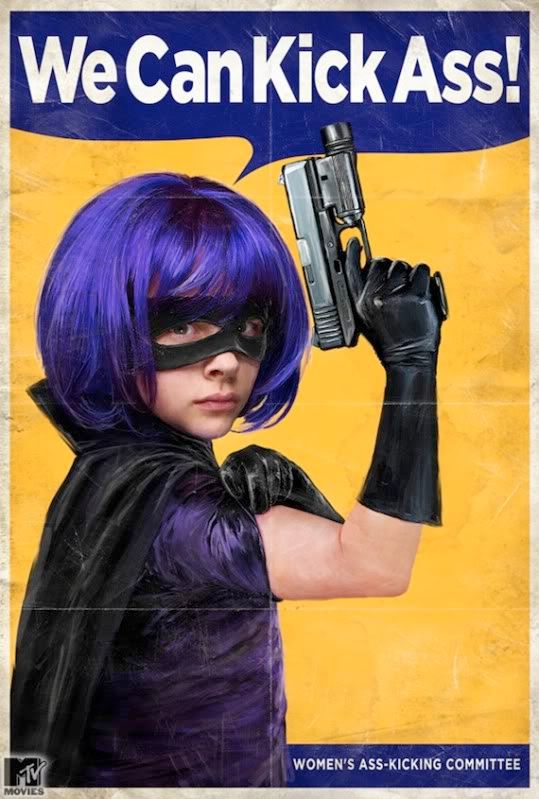
Women in fiction can be tricky things for writers, especially male ones. Every individual, regardless of gender, is a creature of nuance, and unless you want your work to be regarded as lacking substance, easily disposable and the sort of thing no publishing house will get near with a ten foot pole, your ladies are going to need just as much development as the gentlemen. But there is definitely a wrong way of doing it. Or them, if you want your discussion to become kinky.
Gracing the top of today’s post is the feral and beautiful face of Tyrande Whisperwind, from the Warcraft universe. When she and her people were first introduced in Warcraft III, they were depicted as a semi-Amazonian society, where the females hunted, fought and provided for settlements while the men healed, dealt in the arts and acted as spiritual guides, when they weren’t hibernating. Tyrande, a high priestess, rode a giant tiger into battle and, despite being mated to the world’s most powerful druid, wasn’t the sort to be pushed around. To this day, the quote that will always define her for me is “Only the Goddess can forbid me anything, Malfurion!”
Unfortunately, this depiction of a strong female leader didn’t hold up over time. Richard Knaak has, through several of his novels, chosen to take Tyrande down a slightly different path, that of a somewhat meek woman not entirely comfortable in her own skin whose identity is completely entwined with that of her husband. Let’s leave aside, for the moment, that fact that night elves do not marry – they choose mates privately and don’t make a big deal out of it. According to Knaak, Tyrande’s more of a “teenybopper”, either waiting to be rescued from one peril or another, or wringing her hands shyly while the men (more than likely Rhonin and a couple others) sort out how to fix the issues of the day. This isn’t helped by the fact that a lot of role-players take their night elf females in exactly this same direction, watering down the uniqueness and draw of their entire race as far as I’m concerned.
This is starting to sound a bit like that complaint I had about the Baroness.

The thing that really irked me about the Baroness’ derailment in the G.I. Joe movie was the apparent necessity to not only have her secretly being a “girl in love” but also mind controlled. First of all, just because you have a female character doesn’t mean they need to be defined by a relationship to a male. Tyrande suffers from this at Knaak’s hands, as I mentioned, but I see it everywhere, even in good works like Inception. Granted, in that work, Mal is actually a projection of Cobb’s unresolved feelings and guilt over the loss of his wife, so it’s more a case of him being defined by his relationship with her, but it can be interpreted as this sort of problem as well.
G.I. Joe, though, has no wiggle room. Everything that made the Baroness interesting, clever and fun to watch was never real to begin with because (a) she never stopped loving that unemotive dull-surprise-faced Duke for whatever reason and (b) she was being manipulated and brainwashed by Cobra’s malevolent doctor. The worst part is that for most of the film this was barely eluded to, even if eagle-eyed viewers could see the penny on the rails long before her character’s train hit it. It was going in a cool direction before it jumped the tracks. She wasn’t uninteresting, meek, submissive and just waiting for a male to take her away, unlike other supposed “heroines” I could mention. But after the changeover she might as well have been walking next to Edward Cullen instead of Duke.
So let’s take a look at a girl done right.

Kick-Ass introduces us to Hit-Girl. Instead of being defined by her relationship with her father, she turns it around and defines that relationship herself. And when she’s on her own, she doesn’t fall apart. You won’t catch her wringing her hands in dismay or wondering what to do next. She takes action. She does the best she can with what she’s got. And she does her own way, woe be to anybody stupid enough to be between her and what she’s after.
I hesitate to call her a “role model” due to the violent, foul-mouthed way she goes about doing things, but once you get past the bloodshed, there really is a lot to admire about Hit-Girl. As a male writer, I often find myself struggling to ensure I deal with female characters fairly, neither watering them down to the point of being uninteresting or inflammatory to potential female readers, nor amping up their sexuality to sell more words. I mean, I like a good-looking woman as much as the next red-blooded straight guy, but when it comes to works of fiction as well as real relationships, there’s got to be more to her or I’m likely to lose interest. You enjoy eating cheesecake in the moment, but how often do you remember eating it a week or a month later, unless it was really, really good?
Give me a few more examples of either extreme. Lay on me what sort of things you’d like to see girls in fiction saying, doing and being. What’s overdone? What isn’t done enough? I just want to ensure that, in my hands, girls are done right.
When it comes to writing, of course.
*ahem*






